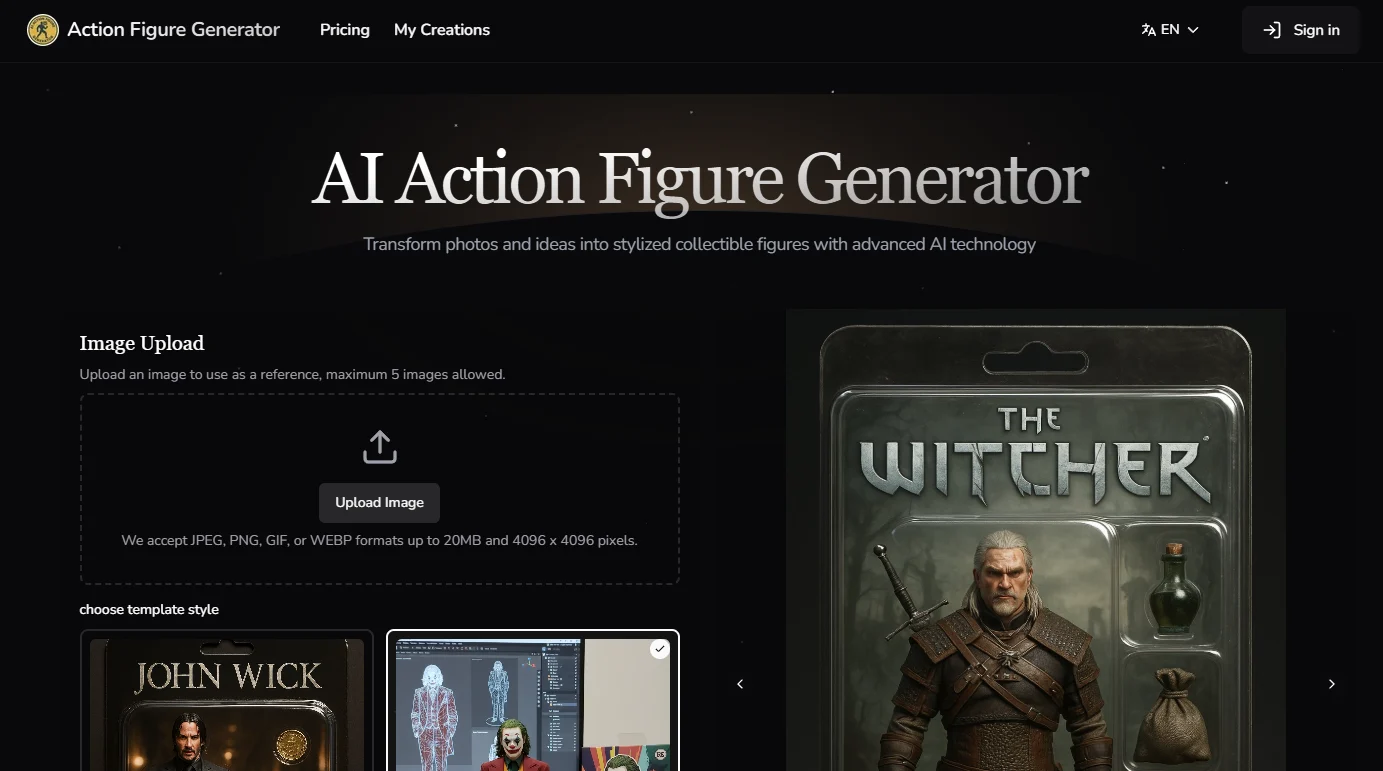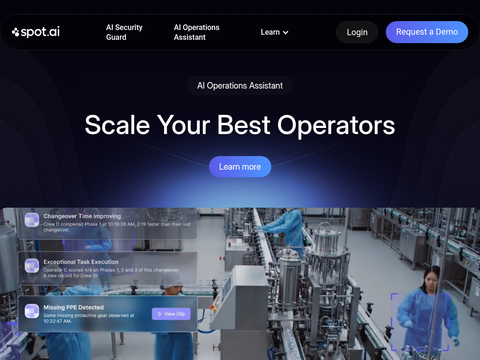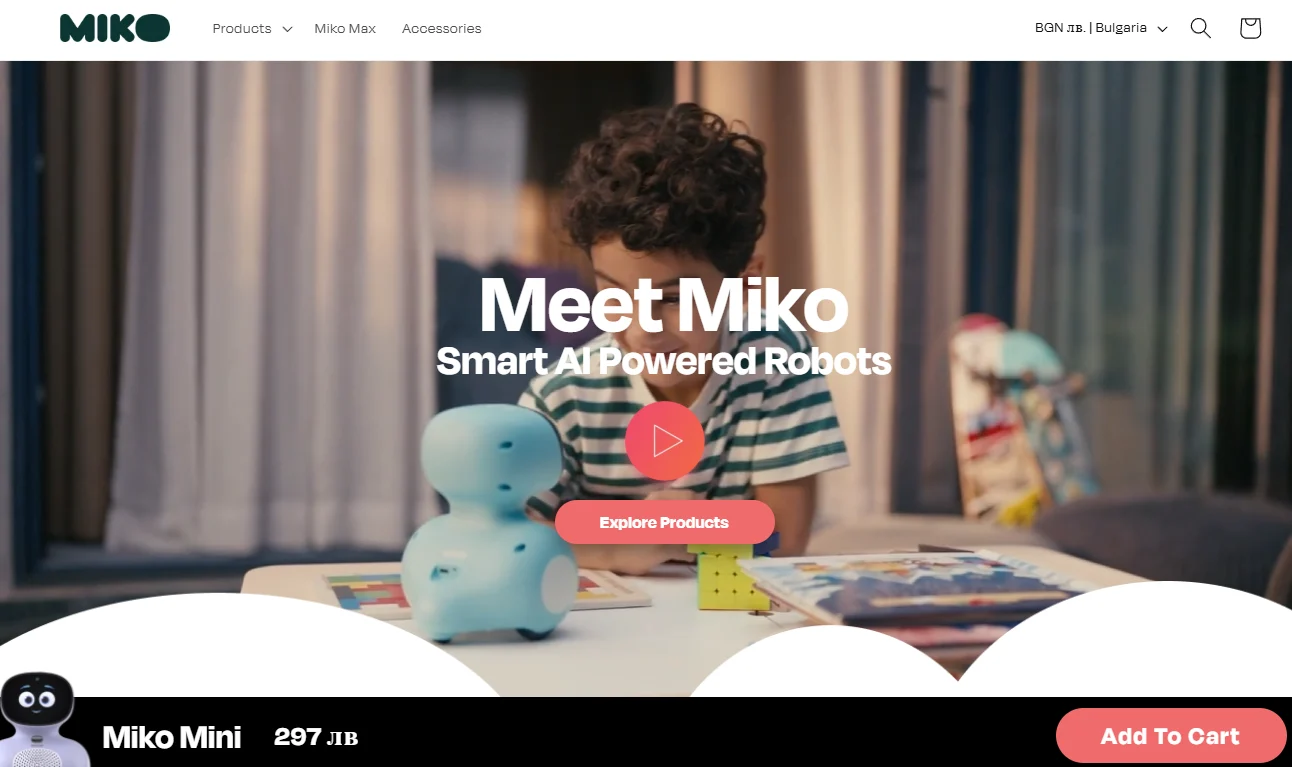Meta has taken a significant step in embodied AI by focusing on equipping robots with tactile sensing capabilities, enabling them to interact with and perceive their surroundings. To achieve this, Meta has partnered with companies like GelSight and Wonik Robotics, aiming to commercialize a range of innovative tactile sensors that will help artificial intelligence understand the physical world in unprecedented ways.
Recently, Meta introduced a suite of technologies designed to enhance robot dexterity and tactile perception, including Meta Sparsh, Meta Digit 360, and the Meta Digit Plexus platform.
Among these, the Meta Digit 360 stands out as a key highlight of the release. This fingertip-shaped tactile sensor can capture touch data with human-like precision. Manufactured by GelSight, a renowned company in the field of tactile intelligence, Digit 360 is intended to provide AI researchers with unprecedented tools to simulate the physical properties of objects and optimize human-machine interactions.
Humans rely heavily on tactile feedback in many daily tasks, yet AI systems have historically struggled with physical interactions. Meta aims to change this with the Digit 360 sensor. Equipped with 18 sensing features, it can detect extremely subtle deformations, such as the elasticity of a tennis ball or the puncture of a needle tip, demonstrating exceptional sensitivity. Its tactile-specific optical lens can record forces as small as 1 milliNewton and spatial details as fine as 7 micrometers, marking a significant advancement in robotic perception technology.
The Digit 360 also integrates on-board AI for local information processing, inspired by the reflex arc mechanisms in humans and animals. This enables the sensor to swiftly respond to different types of inputs, such as needle punctures or ball elasticity, mimicking the rapid response of human fingers. This innovation holds broad application potential in robotics, allowing AI to interact with the environment in ways that closely resemble human tactile experiences.
Meta plans to launch the Digit 360 to the global research community through GelSight within the next year. The device's applications extend beyond robotics, potentially impacting fields such as medicine, prosthetics, virtual reality, and remote presence. For instance, in virtual environments, the Digit 360 could allow users to interact with objects through digital tactile feedback, providing a realistic representation based on the objects' properties.
To integrate tactile sensing with motion, Meta also unveiled the Meta Digit Plexus—a hardware and software platform that seamlessly connects tactile sensors with robotic control systems. This platform is designed to emulate the complex communication between human fingers and the brain, influencing finger movements and reactions through tactile signals. By integrating sensors like Digit 360, Meta's platform is expected to enable robots to adapt in real-time to the objects they manipulate, autonomously determining how to grasp, hold, or move items.
South Korean robotics company Wonik Robotics has partnered with Meta to use these technologies in developing the next-generation Allegro Hand. This robotic hand, equipped with tactile sensors based on the Meta Digit Plexus, is set for release next year. Allegro Hand will provide researchers with advanced tools to develop robots that are more responsive and adept at performing fine tasks, ranging from assembling complex components to potentially executing medical rescue surgeries.
Meta's advancements go beyond tactile sensing, aiming to make AI agents more capable partners in everyday human activities. To this end, Meta introduced the PARTNR benchmark, a standardized framework for evaluating robots' planning and reasoning abilities in collaborative environments. PARTNR is designed to assess AI models through 100,000 tasks simulating real-world household activities, promoting the transformation of robots from mere reactive tools into true partners that can work safely and efficiently alongside humans.
PARTNR also leverages Habitat 3.0, a high-fidelity simulator that allows researchers to test and train AI models in home-like environments. This enables large-scale human-robot collaboration assessments without the safety risks associated with physical experiments. Meta views PARTNR as a key resource for transforming AI models from simple agents into collaborative partners, capable of handling complex tasks and deeply understanding human dynamics.
Meta's investment in tactile sensing and dexterous robotics is steering AI towards authentic, human-like interactions with the physical world. Robots capable of perceiving textures, pressures, and movements could drive significant transformations in fields like healthcare, manufacturing, and logistics. For example, future robots might assist surgeons in performing delicate operations or help manage supply chains with a level of sensitivity currently unattainable.
Beyond industrial applications, these technologies could add new dimensions to consumer experiences. For instance, users might be able to pick up objects in virtual games and truly feel their textures or scan fabrics while online shopping to experience their material properties firsthand. These advancements could also lead to significant progress in the prosthetics field, offering users more natural and responsive experiences.
GelSight CEO Youssef Benmokhtar stated that the goal is to make tactile sensing ubiquitous and accessible. Through these partnerships and their approach of sharing open data, software, and designs, Meta is taking a leading position in a rapidly evolving field that significantly impacts how AI integrates into daily life. By bridging the gap between the digital and physical worlds, Meta's innovations are making the once sci-fi concept of robots "perceiving" their environment increasingly viable.








